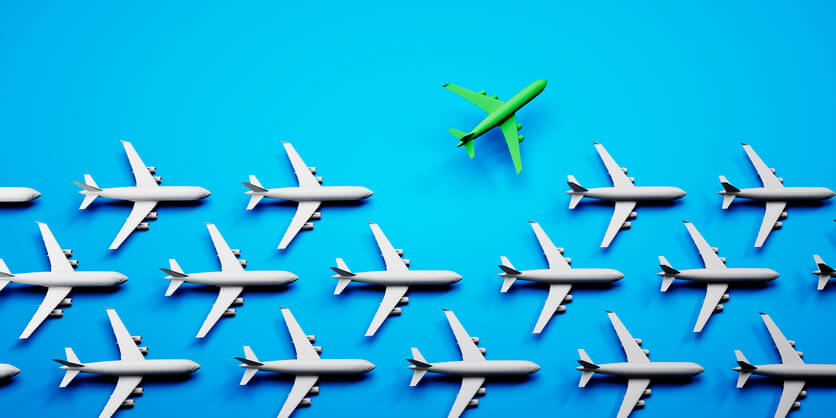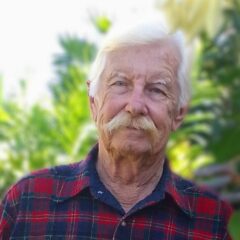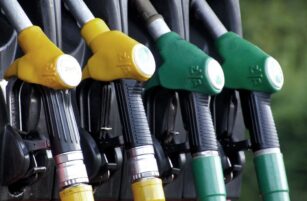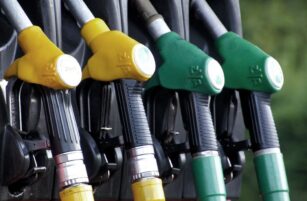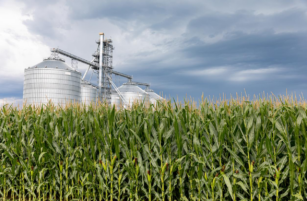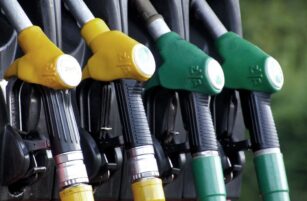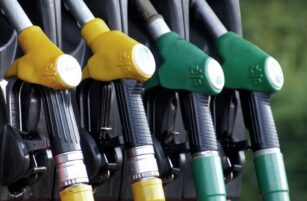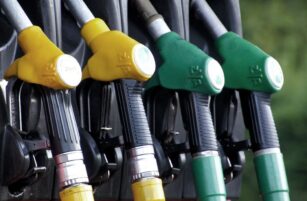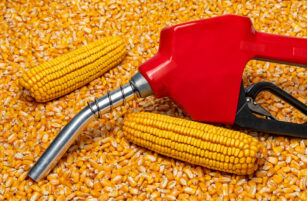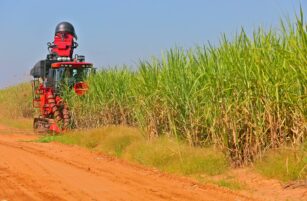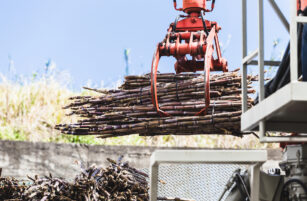Insight Focus
The world’s airlines have pledged to achieve net zero carbon emissions by 2050, and they know that SAF will be required do so. Their view on how to achieve the amounts of SAF required diverge from the strategies put forward by European and US policymakers.
The European Idea
In July 2021, the European Commission (EC) published a package of legislative proposals branded “Fit for 55”. One component of the package is the ReFuelEU proposal which aims to boost production and uptake of SAF. The proposal includes a blending mandate imposed on aviation fuel suppliers, with the obligation for the suppliers to ensure that all aviation fuel supplied to aircraft operators at European Union (EU) airports contains a minimum share of SAF, including a minimum share of synthetic fuel.
The mandate is expected to start in 2025 with a minimum volume of SAF at 2%, increasing in five-year intervals to ultimately reach a minimum volume of 63% in 2050, of which 28% would consist of synthetic aviation fuels.

All airlines departing from EU airports will be obliged to uplift jet fuel prior to departure. The amount of jet fuel uplifted must correspond to the volume of jet fuel necessary to operate the planned flight, regardless of the destination.
The yearly quantity of aviation fuel uplifted by a given aircraft operator at a given EU airport shall be at least 90% of the yearly aviation fuel required. The legislative proposal also associates with reporting obligations of aircraft operators to the European Union Aviation Safety Agency.
Procedure wise, ReFuelEU will follow the “EU Ordinary Legislative Procedure”, whereby both the EU Parliament and the Council play an equal role in scrutinizing and amending the Commission’s proposal to meet their respective positions. They will need to find a compromise position before adopting the final legislation. The full process is expected to take between eight and 18 months.
The US Approach
US policies in support of SAF are based on the California Low Carbon Fuel Standard (CA-LCFS) that is designed to reduce GHG emissions in the transportation sector. The framework applies a system of carbon intensity reduction that puts a value on carbon reduction generated from renewable fuels. The system generates credits by calculating the avoided emissions of SAF compared with conventional jet fuel.
In 2021, the US Congress introduced the Sustainable Skies Act, aiming to boost incentives to use SAF by granting credits that start at USD 1.50 per gallon for blenders that supply SAF with a demonstrated 50% or greater lifecycle GHG savings. It also rewards higher GHG achievement up to the maximum of USD 2 per gallon.

IATA Has Its Own Ideas
However, IATA said it favours positive policies to accelerate the commercial deployment of SAF. A positive policy would see the transfer of publicly sourced revenues towards an incentive program or direct financial project support, without attached obligations or regulations. Positive policies would also reduce project risk, making a business case more competitive relative to a “non-supported” policy scenario.
IATA wants policy options that have the potential to put the production of SAF on a more equal footing with the production of renewable fuel for ground transport.
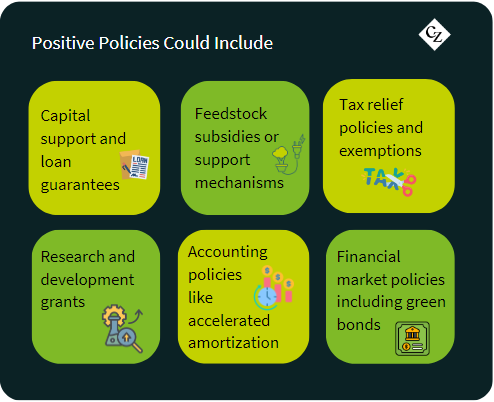
Mandates are not IATA’s preferred option, especially when they are not accompanied by positive measures such as the allocation of public funds to help reduce the price gap between SAF and conventional jet fuel.
IATA believes that while a mandate does provide a clear demand signal, it rarely delivers the optimal economic outcome. Rather, mandates typically result in higher prices and impose a dead-weight loss on consumers.
